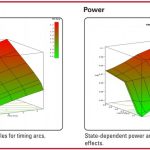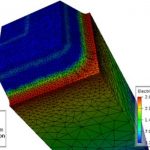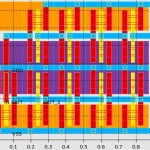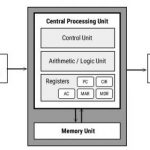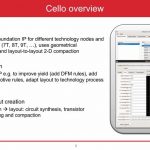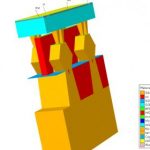You are currently viewing SemiWiki as a guest which gives you limited access to the site. To view blog comments and experience other SemiWiki features you must be a registered member. Registration is fast, simple, and absolutely free so please,
join our community today!
As you may know, Silvaco has done some very clever acquisitions to fuel their unprecedented growth over the last five years. We have a wiki that tracks EDA Mergers and Acquisitions, Silvaco included, and it is the most viewed wiki on SemiWiki.com with 102,005 views thus far.
Silvaco acquired Nangate in March of 2018. NanGate got … Read More
The trend of AI augmentation into many facets of silicon based hardware applications is on the rise. During the CASPA press conference in Santa Clara last week, Silvaco CEO David Dutton and SiFive VP, GM Christopher Moezzi were present to share their insights.
Silvaco CEO David Dutton mentioned that we are in new era in which many… Read More
Silvaco was founded the same year I entered the EDA industry (1984) fresh from University. I first met them at the Design Automation Conference in Albuquerque, New Mexico, and have been an active observer of their growth ever since. In fact, Silvaco is now the largest privately held EDA company and is growing at a rapid pace. In 2014… Read More
I started out my engineering career by doing transistor-level circuit design and we used a proprietary SPICE circuit simulator. One thing that I quickly realized was that the accuracy of my circuit simulations depended entirely on the model files and parasitics. Here we are 40 years later and the accuracy of SPICE circuit simulations… Read More
Over the past 50 years in our industry, there have been three invariant principles:
- Moore’s Law drives the pace of Si technology scaling
- system memory utilizes MOS devices (for SRAM and DRAM)
- computation relies upon the “von Neumann” architecture
…
Read More
Tom Dillinger and I attended the Silvaco SURGE 2018 event in Silicon Valley last week with several hundred of our semiconductor brethren. Tom has a couple blogs ready to go but first let’s talk about the keynote by Silvaco CEO David Dutton. David isn’t your average EDA CEO, he spent the first 8 years of his career at Intel then spent … Read More
The semiconductor industry has been very good to me over the past 35 years. I have had a front row seat to some of the most innovative and disruptive things like the fabless transformation and of course the Electronic Design Automation phenomenon, not to mention the end products that we as an industry have enabled. It is truly amazing… Read More
Standard cell library developers are faced with a daunting task when it is time to create a library for a new process node. Porting an existing library can be a big help, but even then, manual modifications to 800 or more cells is still required. Each of those cells has many geometric elements are that affected by new design rules. All… Read More
DAC 2018 Potpourriby Alex Tan on 07-03-2018 at 12:00 pmCategories: Arm, EDA, Events, RISC-V
The venue
Despite of being held at the new three-story Moscone West building, this year 55th DAC in San Francisco bore many similarities as compared with last year’s. Similar booth decors and floorplan positioning of the big two, Synopsys and Cadence, which were across of each other and right next to the first floor entrance –although… Read More
It was 1988 when I got into SPICE (Simulation Program with Integrated Circuit Emphasis)while I was characterizing a 1.5 μm Standard cell library developed by students at my Alma-Mata Furtwangen University in Germany. My professor Dr. Nielinger was not only my advisor he also wrote the first SPICE bible in German language. At that… Read More


